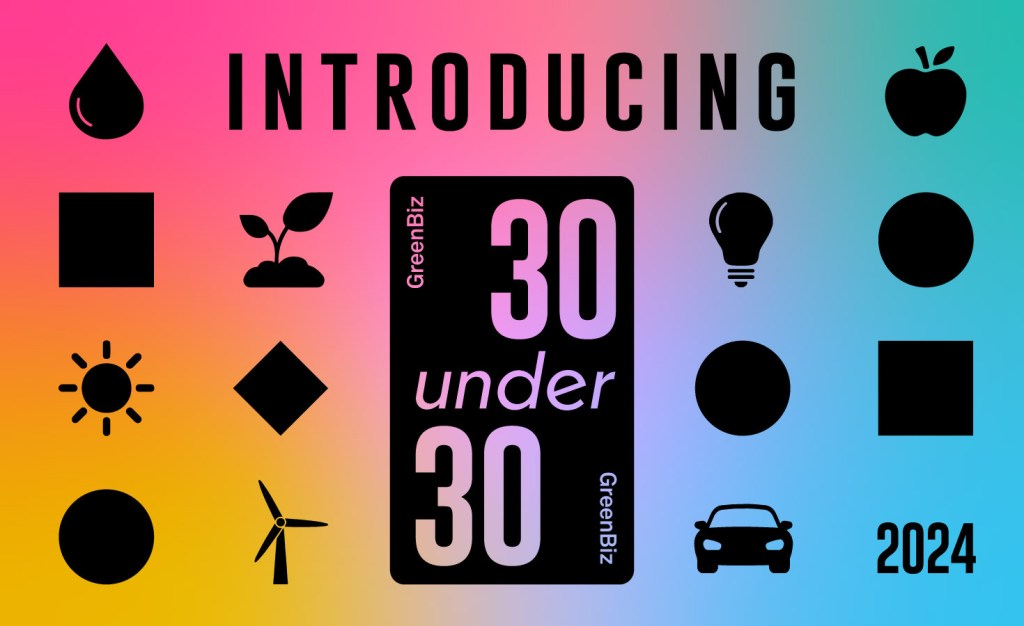These hidden ingredients can improve your supply chain
The Sustainability Consortium, Unilever and others revealed how visibility is one step forward. Read More

The Sustainability Consortium CEO Euan Murray said when it comes to sustainable supply chains for consumer goods the world falls neatly into two groups: leaders and laggards.
One of the main problems is that nearly half of the laggard companies have no visibility of sustainability risks in their supply chains, Murray said about green supply chains during the GreenBiz 17 event in Phoenix, Arizona.
“In 2017, after decades of scientific research, NGO pressure, and consumer action… half know nothing,” Murray said. “And that’s a huge opportunity missed environmentally, socially and, of course, commercially too.”
For example, the Sustainability Consortium (TSC) once asked a supplier about greenhouse gases in manufacturing. “They said, ‘You asked us about greenhouse gases in manufacturing. We make T-shirts; we don’t have any greenhouses,'” Murray said. “If we are to solve this, those are the people we’re going to have to get to really move the needle.”
Visibility in supply chains
The GreenBiz program focused on TSC’s first impact report, “Greening global supply chains.” Also weighing in were Kathleen McLaughlin, Walmart’s chief sustainability officer, and Jonathan Atwood, Unilever’s vice president of sustainable living. GreenBiz Group Vice President John Davies moderated the mainstage talk.
TSC’s impact report surveyed 1,700 suppliers to identify and quantify the impact of the consumer goods supply chain. The report found that one of the biggest issues is that suppliers lack visibility of sustainability risks in their supply chain.
This means that many suppliers simply are unaware that these risks even exist.
The report mentions that 54 percent of respondents listed “unable to determine” when asked about environmental and social issues, and only 19 percent of responses indicated full supply chain transparency.
It said that visibility is worse further along the supply chain since it becomes more fragmented.
One example, the report provided, is that food and agriculture products have the highest share of impacts upstream, but just 20 percent of respondents collect data on fertilizer usage, greenhouse gas emissions and soil erosion.

During the program, McLaughlin said that Walmart’s goal is to have visibility throughout the entire supply chain.
“Our single biggest challenge, in my view, in sustainability is getting that visibility,” McLaughlin said.
In 2009, Walmart launched its sustainability index in collaboration with TSC in order to help deliver sustainable products to its customers.
McLaughlin said the index asks suppliers to fill out a survey of the 12 to 15 most critical questions about sustainability that are most relevant to them. She said that the global index now covers between $2 trillion to 3 trillion of consumer products and food in the global economy.
“We want to go back as far as we can and that survey gives us a snapshot of how different categories are performing and what the hotspots are,” McLaughlin said.
Collaboration among stakeholders
In addition to visibility, the speakers also discussed the need for collaboration with stakeholders and other companies to make supply chains more sustainable.
According to the impact report, collaboration is necessary because global production and use of consumer goods account for more than 60 percent of all greenhouse gas emissions, 80 percent of water usage and two-thirds of tropical forest loss globally.
“We have to go together now and go to unchartered waters and look at these Scope 3 impacts,” Atwood said. “The bigger interest is in our deeper supply chains, those communities that we are affecting all over the world.”
Atwood also believes that collaboration is needed in order to make an impact in the world.
“This cannot be a story of the leaders leading the way and thinking that we are going to have this massive change. We need collective action; we need different kinds of collaborations,” Atwood said.
Additionally, McLaughlin said that collaboration can make products both economically attractive and sustainable.
“It requires a collective action to rewire the way that we produce the products,” McLaughlin said. “It’s about saying, ‘There’s a way we do it today. How do we reimagine the way we do it to make it sustainable?'”












